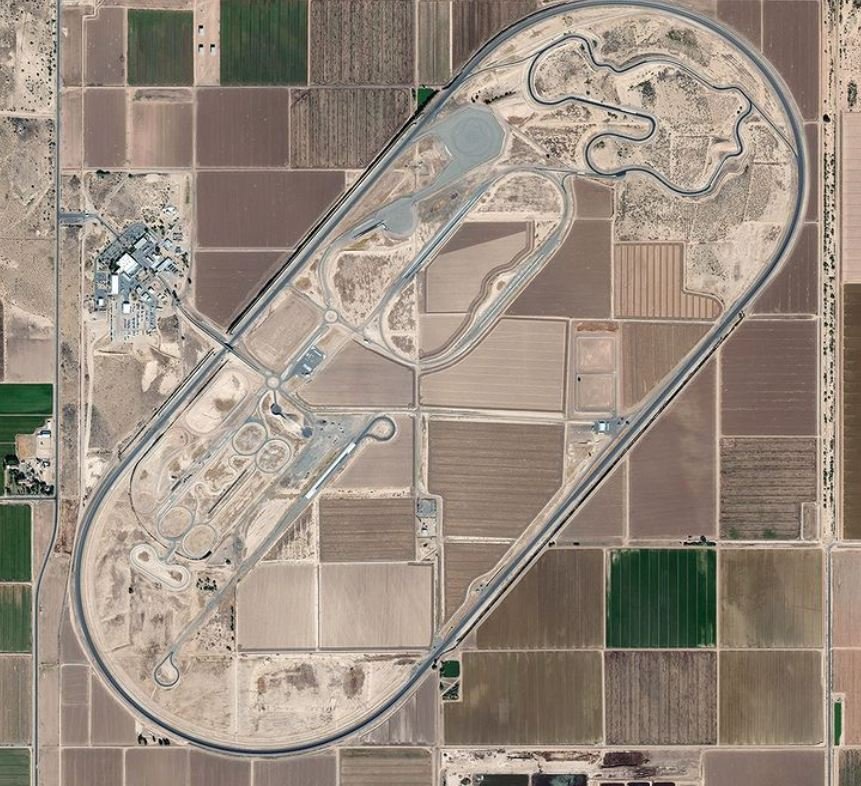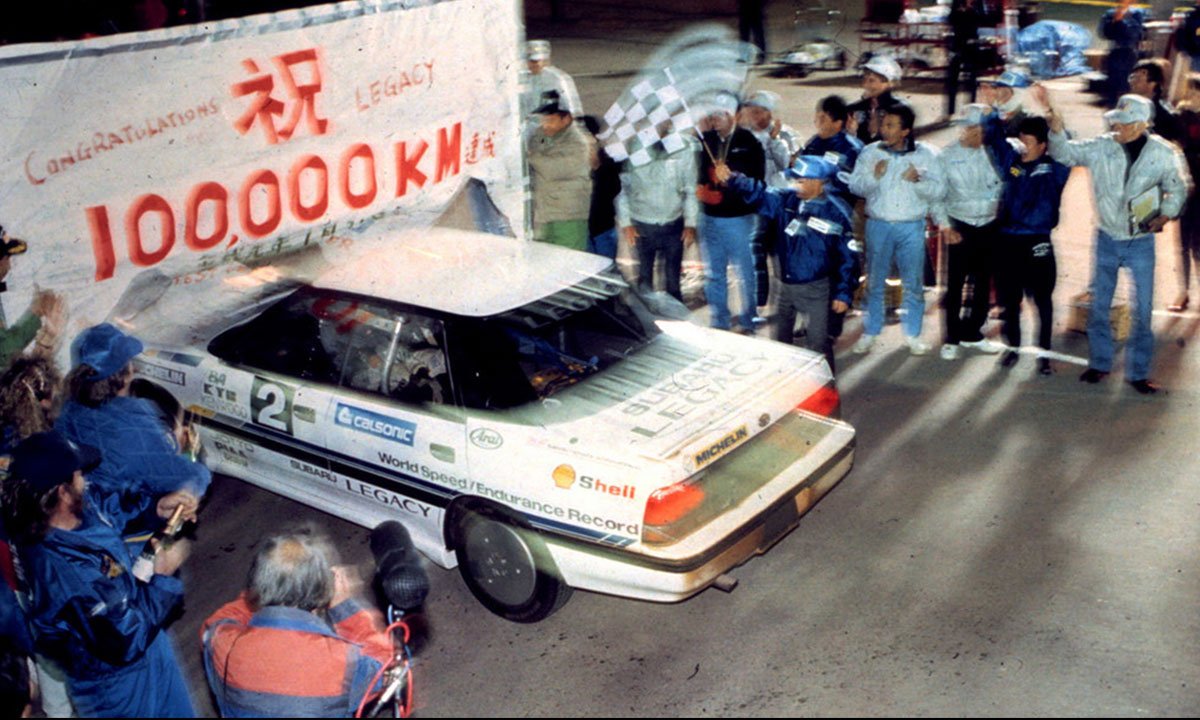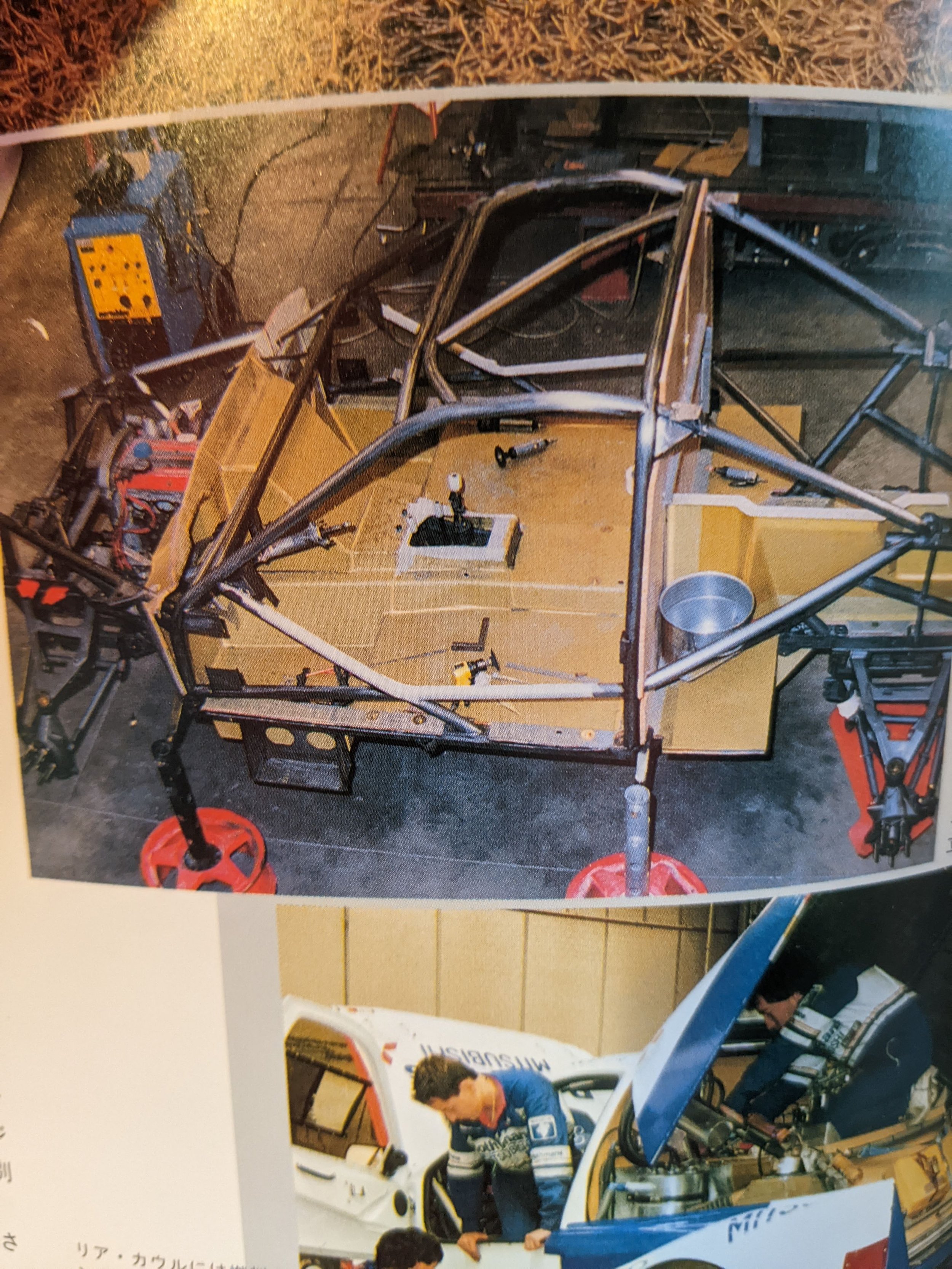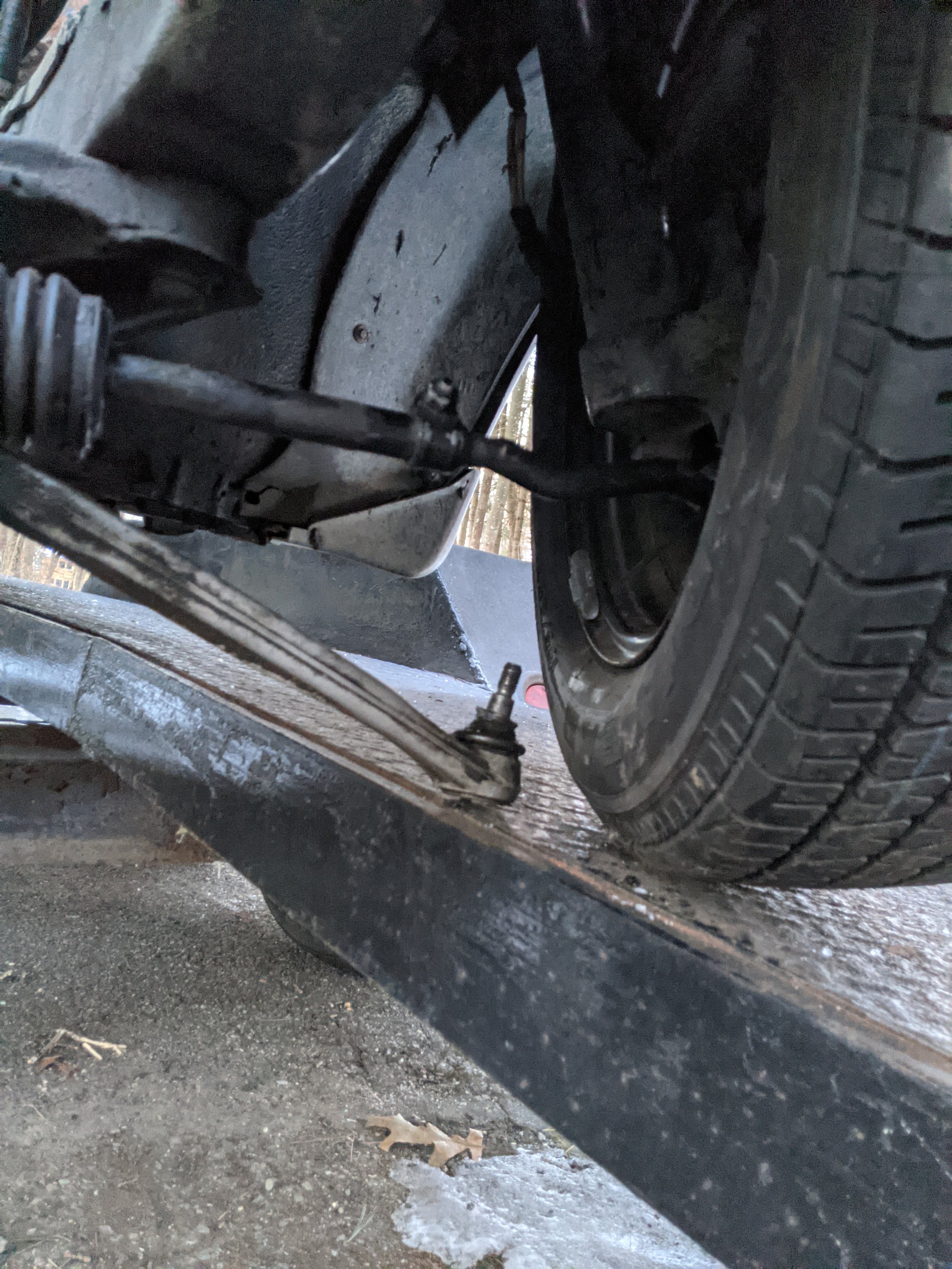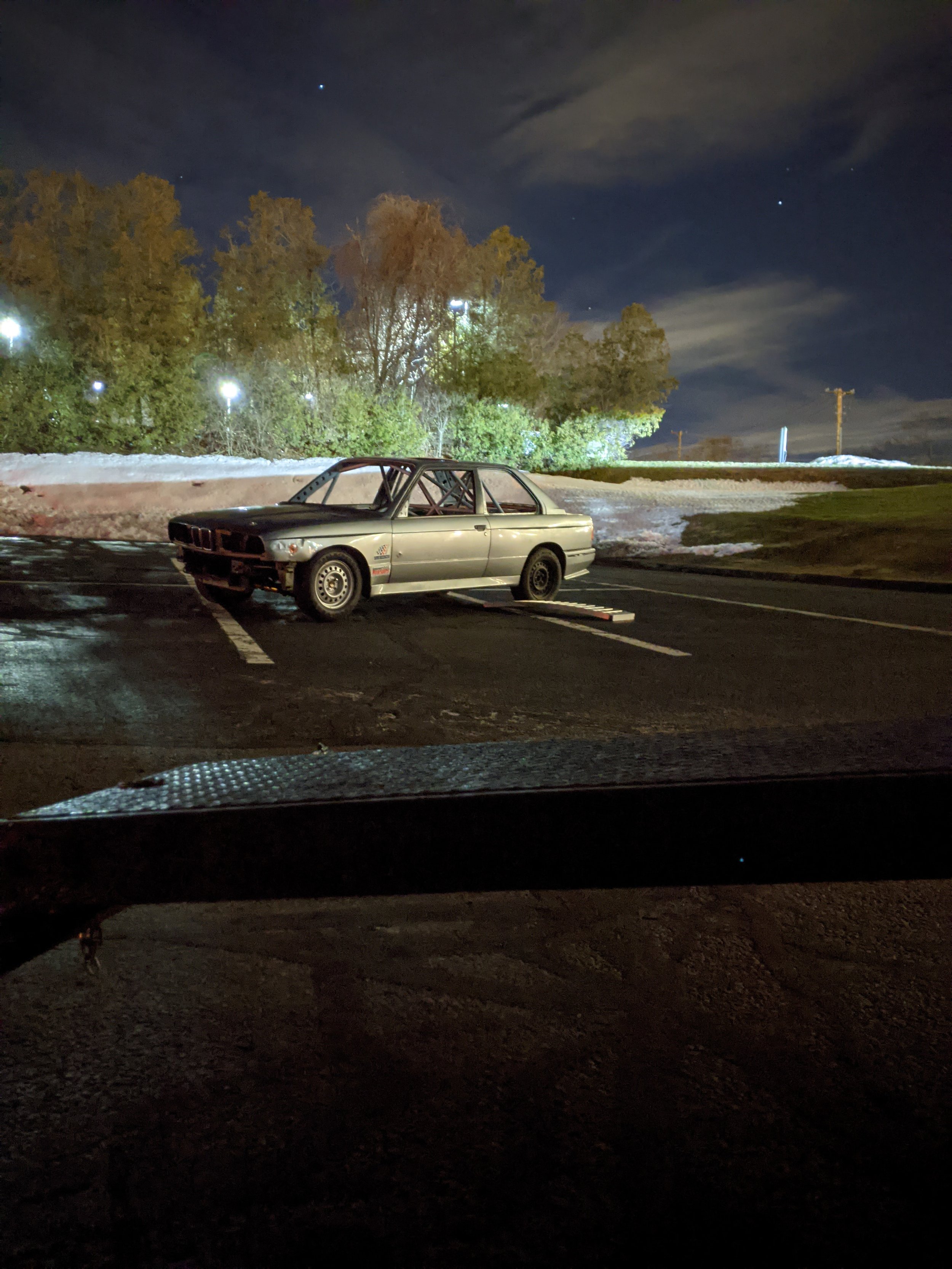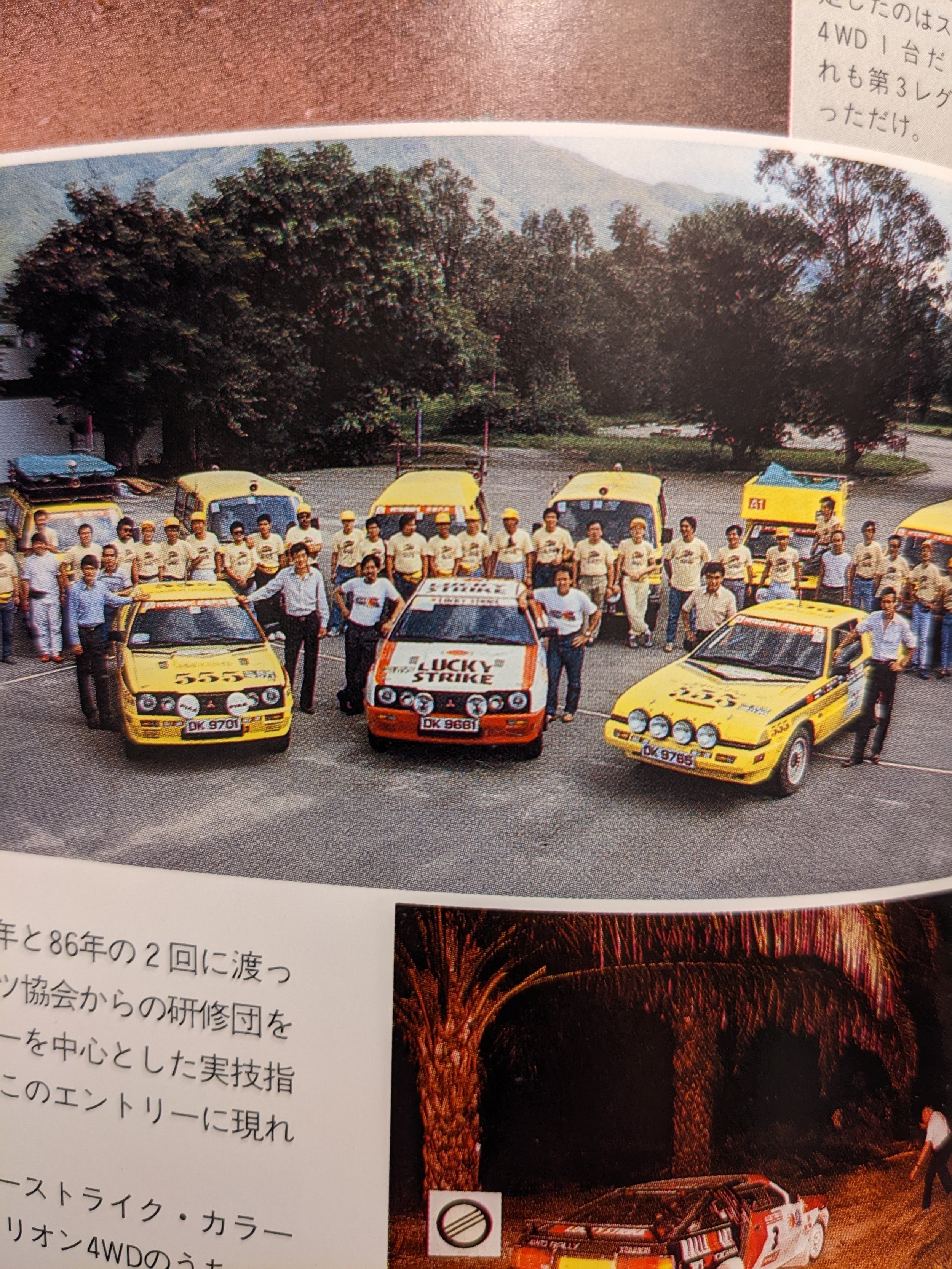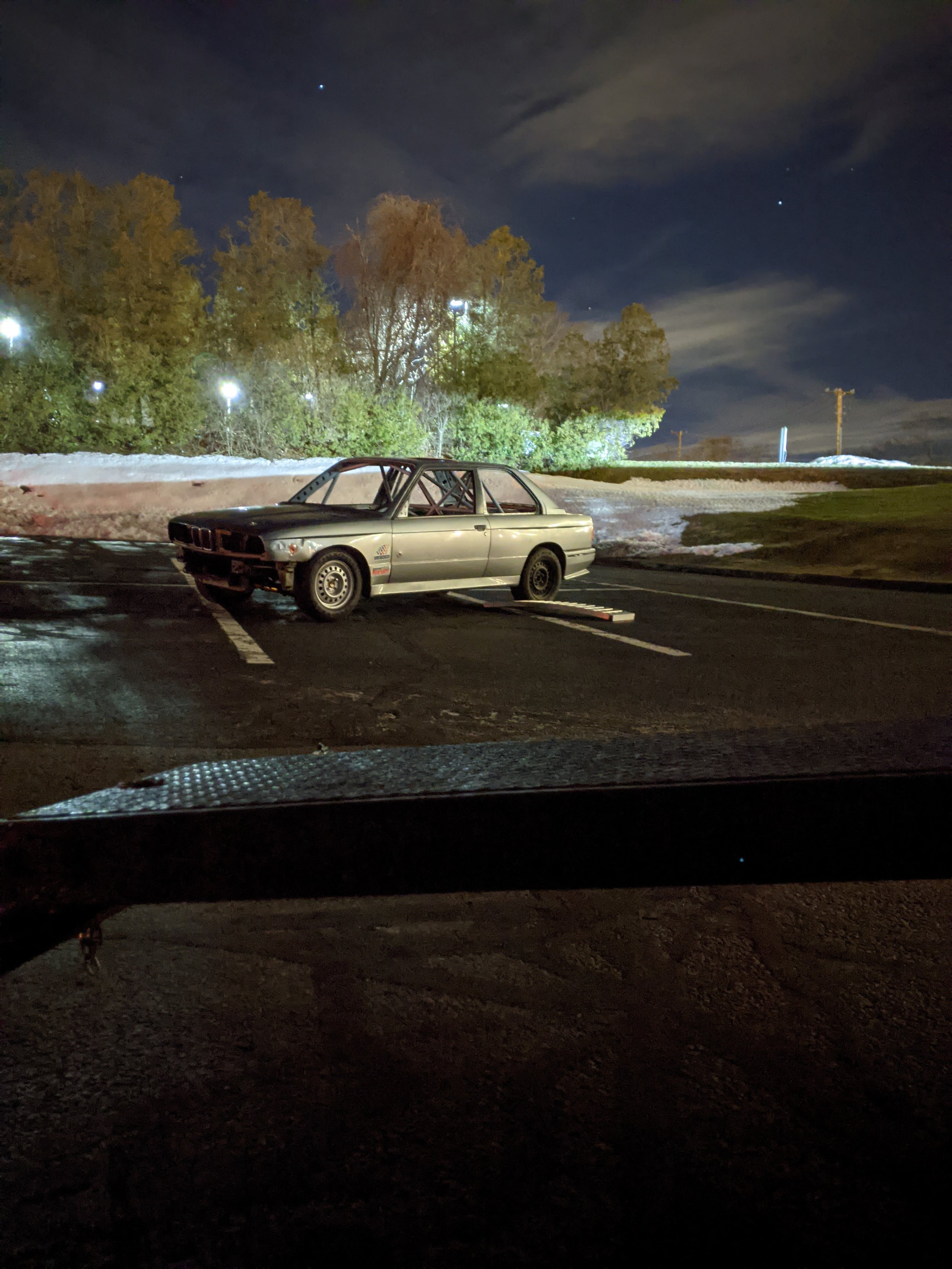After a lifetime of rally-fanship and a new, old-age related desire to latch onto things that were around during my youth, I’ve found a new attraction to 1970s Italian design (and French cars but that’s a story for another time) When I was a kid I’d go to car shows in the 80s and collect every brochure I could from manufacturers. Concept cars were a huge deal back then, dashboards that suggested an all-digital future, wedge shaped profiles with huge flat glass planes, low slung with seats that looked like they belonged on roller coasters or a conversation pit from mid-century living room; these things all burned into my psyche.
On the ice at St. Moritz. An American VC owns this beautiful Lancia Stratos Zero concept
I’ve since learned that most of the cars I fawned over at that time were designed by Bertone, most by Marcello Gandini himself;
Lancia Stratos HF
Lamborghini Muira
Lamborghini Countach
..or Giorgetto Guigairo who designed:
Lancia Delta
Ferrari 250GT
Lotus Esprit
BMW M1 and the list goes on….
These are two of the best that the era offered. The rarity and desireability of these cars meant that I could only appreciate them from a distance, but a new opportunity presented itself and I started thinking that there was something adjacent to these legendary cars, also designed by these guys that I actually might be able to own. Those happened to be watches.
I got turned onto Guigairo’s watches through the Alien series that he designed for the 80s hit movie. My friend Phil had a really cool “Ripley” watch that’s by far the most popular of the series. The Ripley was worn by the movie’s hero played by Sigourney Weaver. After some searching I ended up striking a deal for a “Giugiaro Design Rider Design limited edition Spirit S” The watch had so many adjacencies to my interests; Giugiaro, Motorcycles, JDM market specificity. The design had a dial clocked to the right so the time was easily-read while holding handlebars. The case itself is a very unique wedge shape to slightly align the dial with a rider’s line of sight; sort of kitschy-but-cool ideas. I was so excited when it arrived and still it’s the only watch that I wear on my left hand because wearing it on the right amplifies the turned dial face.
Almost a year went by and I was feeling that winter boredom set in. During winter I tend to hibernate a bit, stocking up on books and manuals to read. This time I found myself looking on Yahoo Auctions Japan for old manuals and books about Group B rallying. Somewhere in those travels I happened upon a very cool advertisement from the 1970s for a watch called the Stratos Bertone. Turns out, the watch was designed by Gandini while at Bertone and part of a collection of very cutting-edge designs using LED movements which were very hot back then. The model I was most attracted to was designed to accompany a new Lancia Stratos when sold to a customer as an act of appreciation. I absolutely had to have one.
This watch has a very curious history. Early models were said to be made by Swiss maker Buler. Later models were made by Dugena in Germany. At some point Tissot took over the branding rights to the watch so, to further complicate things, certain watches from this series are considered to be Tissot!
I did several hours of searching over many nights following this discovery. Interestingly, images of this watch show up on a lot of scam sites that proport to sell it for under 100 dollars. There were a lot of blog links and dead links, links to forum posts asking about it. I learned that the LED movement was from the Hughes Aircraft Company of Howard Hughes fame. It employs the model N.206 LED module. The module uses so much battery that the dial doesn’t display anything unless you depress the momentary button on the right.
After several nights of poking around, I actually found what looked to be a real, live link for one on an Italian site called Subito. Subito seems to be a mix of Craigslist and Ebay for Italy only. I endeavored to reach out to the seller. It should be easy with Google translate! The first hitch I encountered was that it was absolutely impossible to create a Subito account without an Italian phone number. I tried to get around this desperately. I was able to decipher the seller’s screen name that was partially obfuscated to non-registered users and found that he was also selling an Alfa-Romeo on another site. This was surely a win! I registered and reached out through the other site and didn’t hear back after several days. Crestfallen.
An original warranty card for the Lancia Stratos Bertone watch (this card is on ebay at the moment)
After several days spent licking my wounds, I began to plot a new approach. This time, I enlisted my Mitsubishi buddy Luca Mancini who, being a rally fan in the purest form, would obviously understand my predicament here and hopefully be willing to message the seller on my behalf and connect us off Subito. This worked! Luca connected me with a gentleman named Marco M. who was the owner of the watch. After talking with him for a little bit online he confessed that the watch was actually at the repair shop for what turned out to be a battery. Once it was back, he would confirm functionality and get back to me so we could agree on a price. At this point I was glad he had no idea how invested I was in this journey, luckily. Days later, Marco returned to email to say that the watch was back and working perfectly. Despite needing some service it was otherwise brand new looking and we soon agreed on a price. Once again, I sent a bank transfer to a stranger on the other side of the world and about a week later, she showed up!
Home at last.
I don’t wear this one too much. The strap is this crazy nylon hinged arrangement and while it fits perfectly, I’m really of the mindset that this one gets reserved for special occasions. Somehow I feel like only a certain group should be allowed to even see this watch. That it’s almost wasted on the public…. A few months after receiving the Bertone Stratos, Autodromo came out with their Group C watch and tell me if this isn’t the muse that they used. It’s too bad that Autodromo used a LCD and not LED. Respect to Autodromo but I’ll take the oldie.
Ok last one, I promise. This is a weird one too. I bought it two months after the Bertone watch, probably as some kind of hangover cure that didn’t quite work. This Fortis watch from 1994 was named one of the coolest car watches of all time by Road and Track so it’s got instant boomer cred. Unlike the others, this one is automatic and because of that, it boasts a beautiful see-through back cover to show the mechanicals, instantly boosting it’s desirability. It feels like obscure information disappears from the internet pretty quickly these days as we lose forums and the history of this watch is becoming more difficult to find. I’ll recount what I remember and update if I ever find links. Like the Bertone, this watch was made as a customer-gift for Omega buyers. It was designed by a German jeweler who was known to be really whacky and the design proves it. It’s definitely the most difficult-to-read watch I own; the dial designed to mimic the tachometer and speedometer of the cop-outrunning hooligan inspiring Omega with two large, rotating paddle-like hands. As the paddles turn, a airbag light is revealed as well as a seatbelt symbol and traction control symbol. The original came with both leather and rubber straps. I ended up swapping my leather strap for a wide, vintage West-German rubber strap. The watch feels a little small on the wrist at 36mm dial size so I wanted to bulk it up.
That’s all for now. There are a couple more on my radar that I hope to share with everyone someday. I’ve been reluctant to share these online too much because watches are typically considered a flex online. None of these are crazy expensive. It’s the story behind each one that makes me love them.











